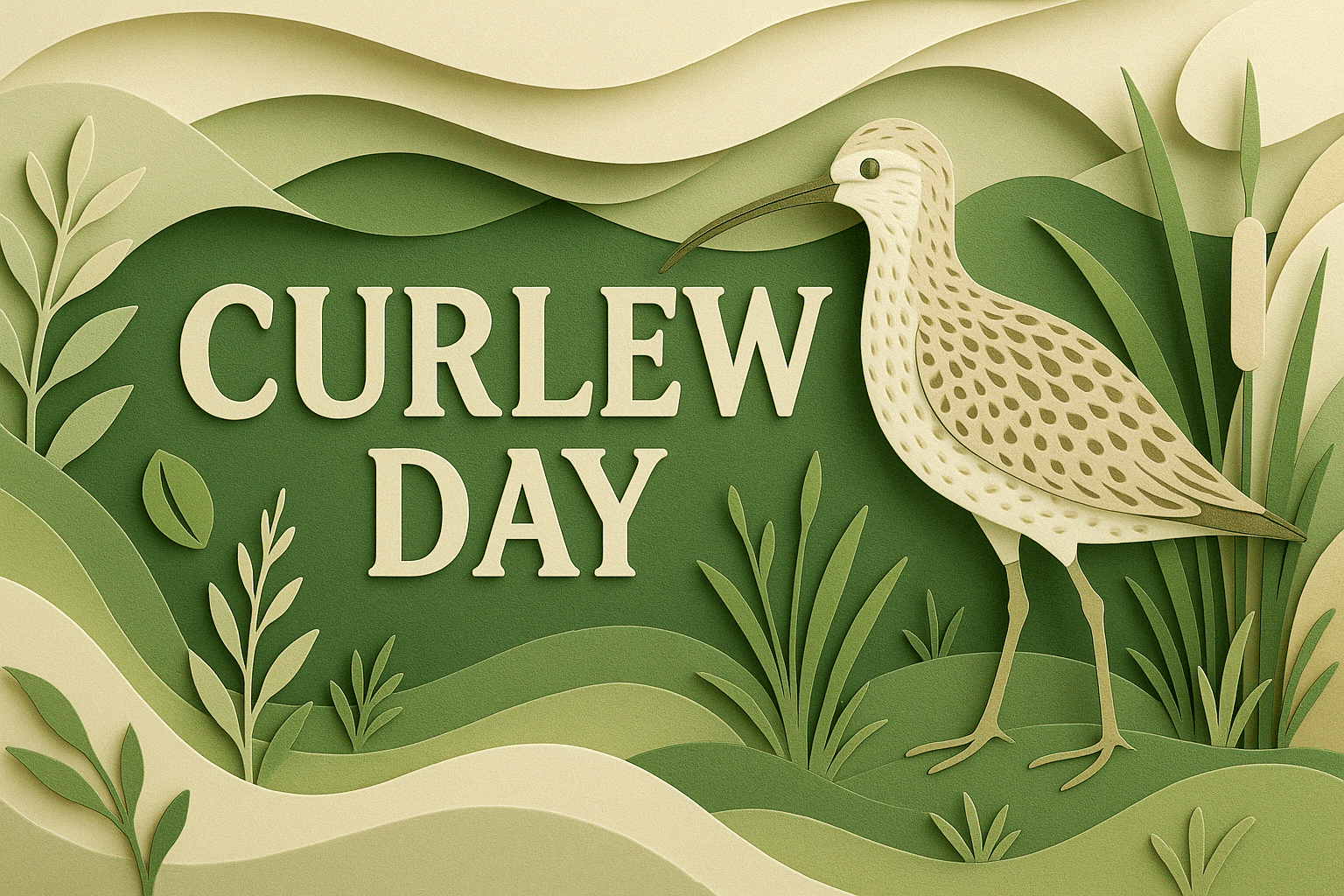What is World Curlew Day?
World Curlew Day is held every year on April 21 and is observed worldwide. The day aims to raise awareness about the declining populations of curlews, a group of wading birds known for their distinctive long, downcurved bills and haunting calls. The Eurasian Curlew, in particular, has experienced significant declines due to habitat loss, predation, and changes in land use.
In the Netherlands, World Curlew Day is recognized by bird conservation organizations and nature enthusiasts who organize events and educational activities to highlight the importance of protecting curlew habitats.
History and Origin
World Curlew Day was established in 2017 by Mary Colwell, a British conservationist and writer. The date, April 21, was chosen because it coincides with the feast day of St. Beuno, the patron saint of curlews, and marks the average first laying date for curlews in Europe. In 2016, Colwell undertook a 500-mile walk across Ireland, Wales, and England to raise awareness about the plight of curlews, which she later documented in her book “Curlew Moon”.
Since its inception, World Curlew Day has grown into a global initiative supported by various environmental organizations, aiming to promote conservation efforts and celebrate the cultural significance of curlews.
Who participates in World Curlew Day?
- Bird conservation organizations: Host events and campaigns to protect curlew habitats.
- Environmentalists and nature enthusiasts: Participate in birdwatching activities and educational programs.
- Schools and educational institutions: Incorporate lessons about curlews and their ecosystems into curricula.
- Artists and writers: Create works inspired by curlews to raise awareness.
- Local communities: Engage in habitat restoration projects and citizen science initiatives.
Slogans and Themes
World Curlew Day emphasizes themes of conservation, awareness, and cultural appreciation. Slogans often include phrases like “Protect the Curlew”, “Voices of the Wetlands”, and “Celebrating Curlew Culture”. These themes aim to inspire collective action to safeguard curlew populations and their habitats.
Colors, Symbols and Patterns
Colors
- Earth tones: Reflect the natural habitats of curlews, such as wetlands and grasslands.
- Blue: Represents the skies and open spaces where curlews are often seen.
- Green: Symbolizes growth and the importance of preserving natural environments.
Symbols
- Curlew silhouette: Depicts the bird’s distinctive long bill and elegant posture.
- Feathers: Represent the delicate nature of curlew populations
- Footprints: Emphasize the presence of curlews in various landscapes.
Patterns
- Wave motifs: Echo the bird’s association with coastal areas.
- Grassland textures: Highlight the importance of inland habitats.
- Flight paths: Illustrate migration routes and the need for international conservation efforts.
Most used hashtags
- #WorldCurlewDay
- #SaveTheCurlew
- #CurlewConservation
- #BirdsOfTheWorld
- #ProtectOurWildlife
How do you celebrate World Curlew Day?
- Participate in birdwatching events: Join local groups to observe curlews in their natural habitats.
- Attend educational workshops: Learn about curlew conservation efforts and how to get involved.
- Support conservation organizations: Donate or volunteer with groups dedicated to protecting curlews.
- Create and share art: Use creative expressions to raise awareness about curlews.
- Promote awareness on social media: Share information and resources using relevant hashtags.
Why is World Curlew Day important?
World Curlew Day is important because it brings attention to the alarming decline of curlew populations worldwide. By highlighting the challenges these birds face, the day fosters a sense of urgency and encourages collaborative efforts to protect and restore their habitats. Conservation actions taken now can help prevent further losses and ensure that curlews continue to grace our landscapes for generations to come.
World Curlew Day serves as a reminder of the interconnectedness of ecosystems and the role each species plays in maintaining ecological balance. Celebrating this day promotes environmental stewardship and inspires individuals and communities to take meaningful actions toward preserving biodiversity.
Features
- Animals
